The quest for truly decentralized and fair-launch platforms remains paramount. The integration of the Techno Capital Machine (TCM) framework with the Morpheus project's tokenomics offers a compelling blueprint for achieving this goal, especially in the context of developing an open-source NFT marketplace and AI agents app. This editorial explores why adopting these contracts could revolutionize the way we conceive, launch, and grow decentralized projects.
The Foundation of Fairness: MOR Tokenomics
The Morpheus token (MOR) introduces an innovative economic model designed to sustainably support the growth of its ecosystem. With a fixed supply of 42 million tokens and a distribution mechanism that rewards community, capital, compute, and coders, MOR's tokenomics ensures that every contributor is fairly compensated for their participation. This egalitarian approach not only fosters a vibrant community but also aligns incentives across all stakeholders, ensuring the long-term viability and decentralization of the platform.
The MOR distribution strategy, eschewing pre-mines and early sales for a fair launch, guarantees an equitable start for all. The gradual reduction in block rewards, transitioning to a fee-based model, mirrors the project's maturation—from nascent to a self-sustaining ecosystem. This methodical approach underscores a commitment to fostering widespread adoption and participation.

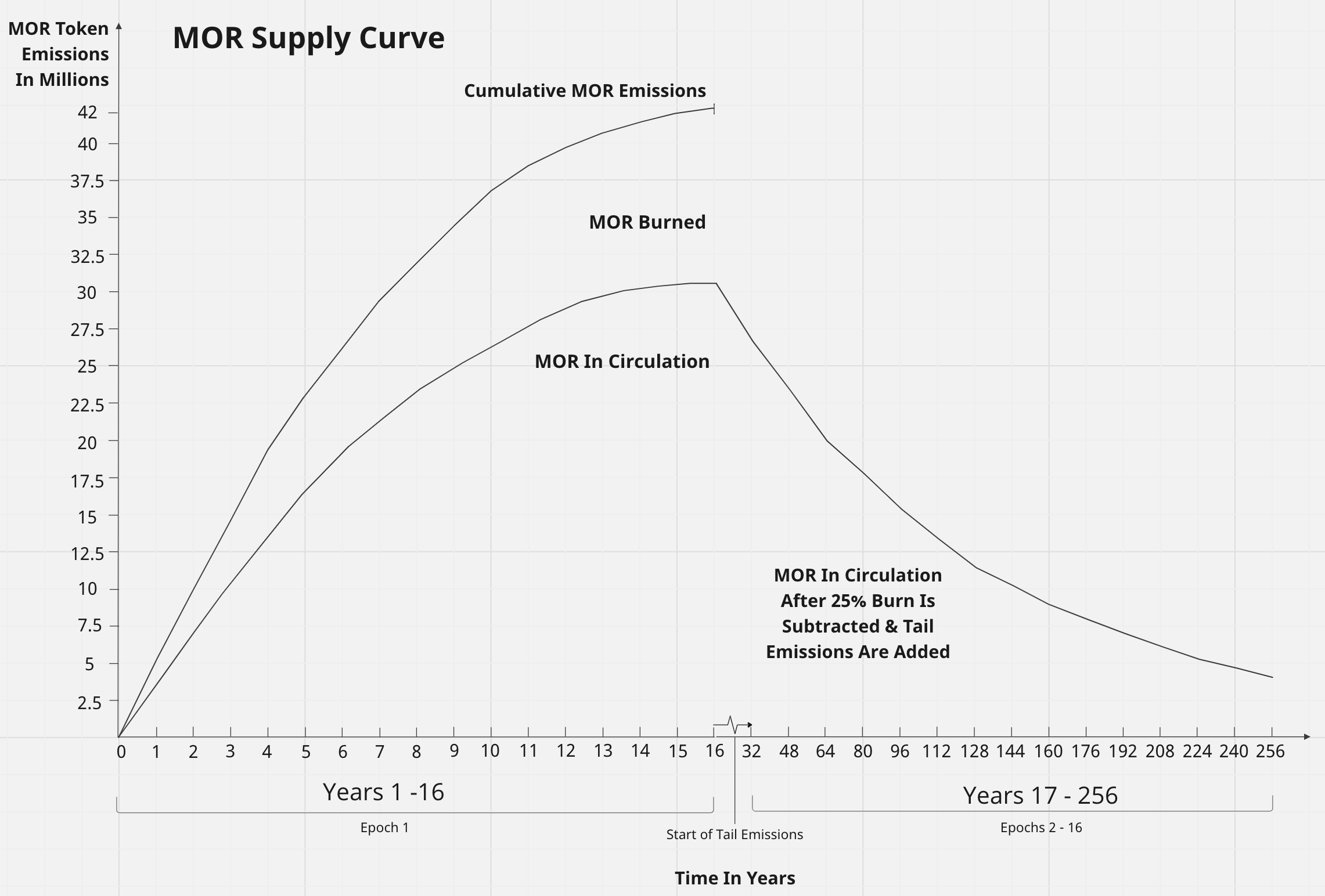
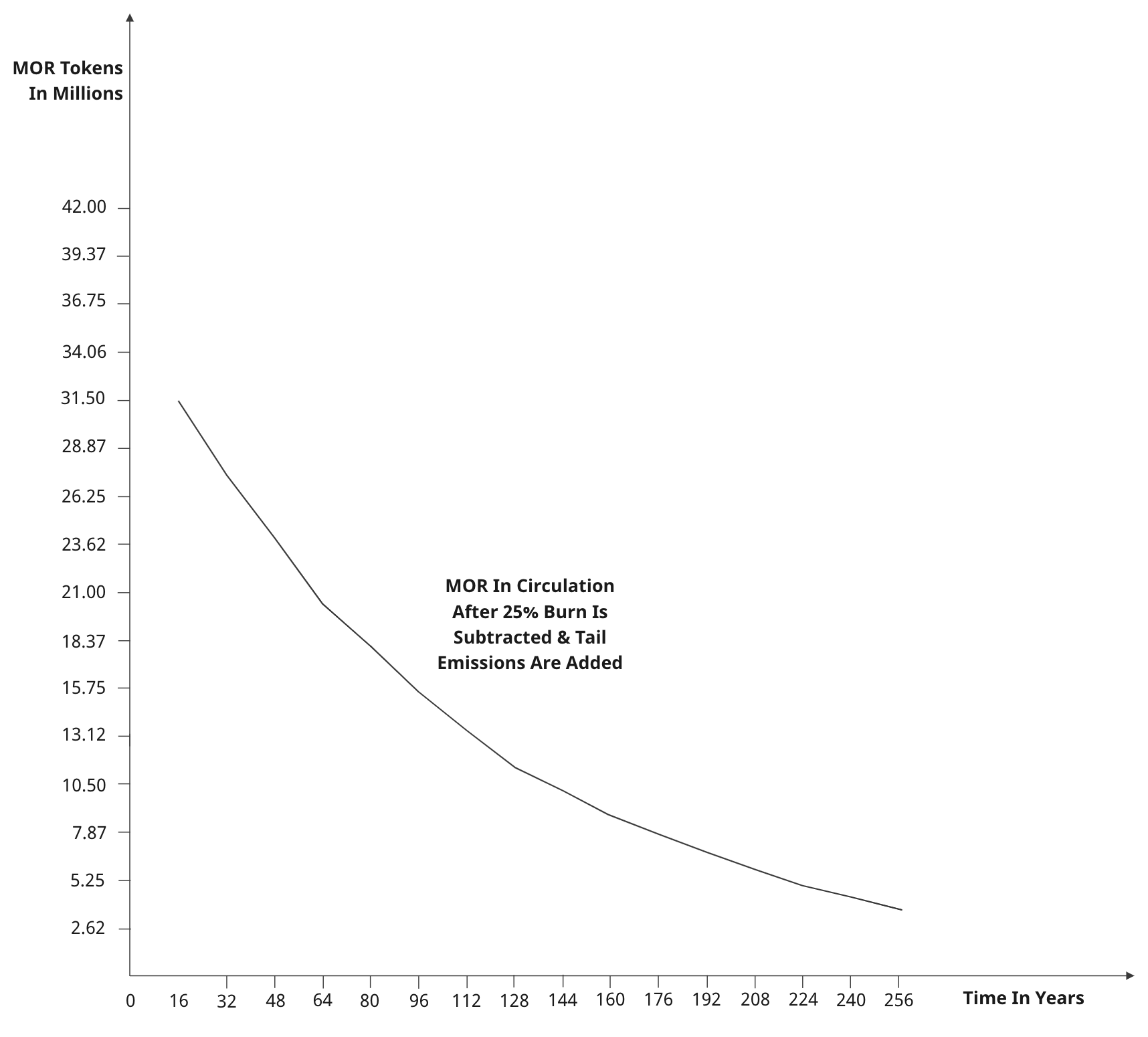
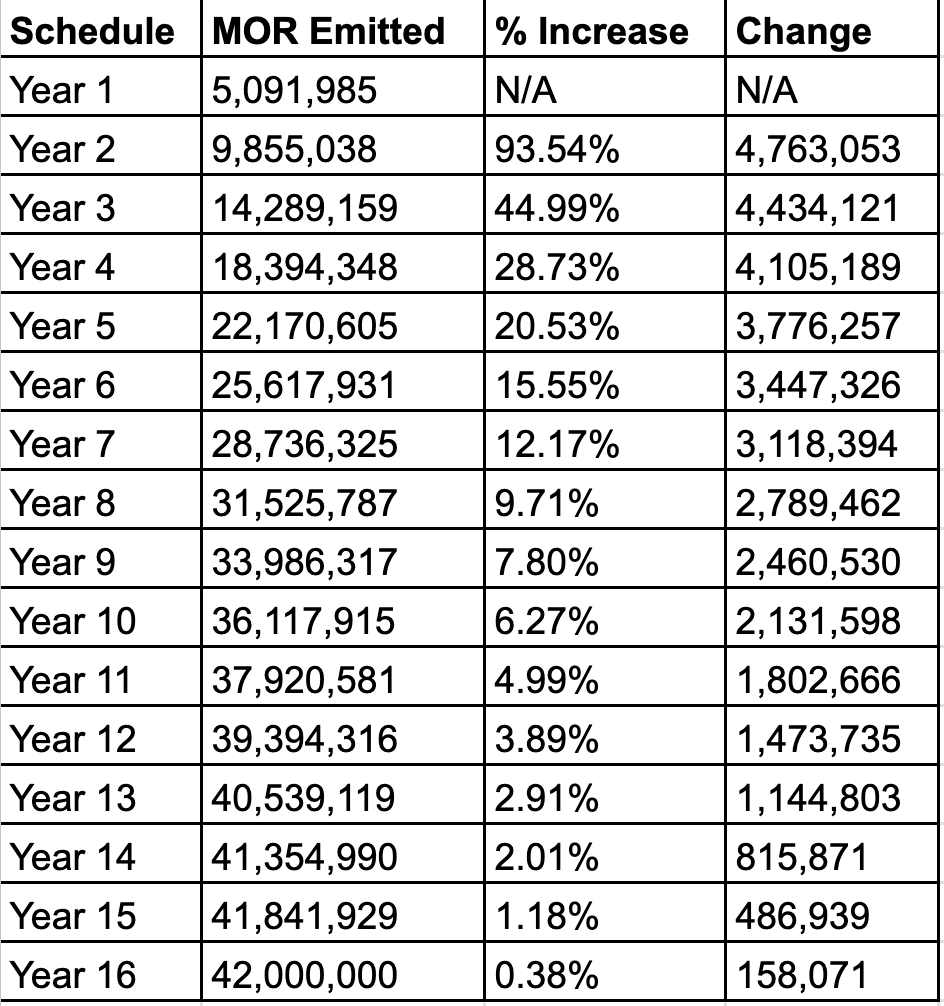
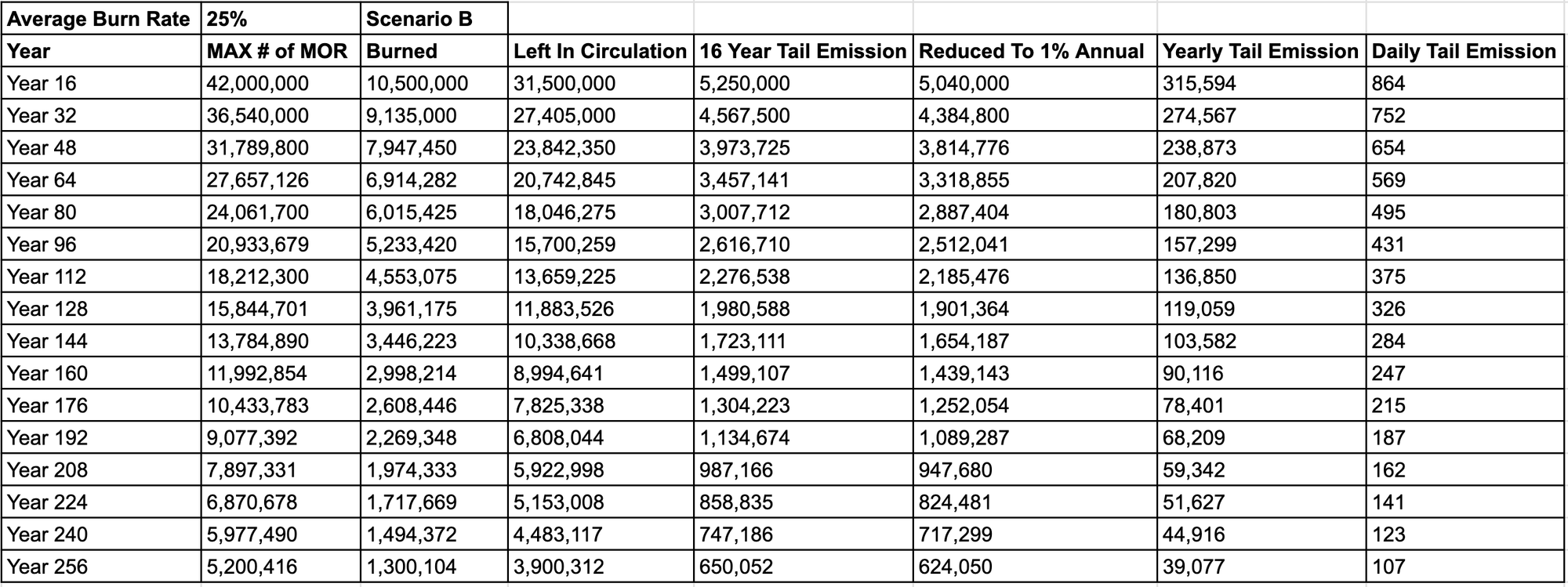
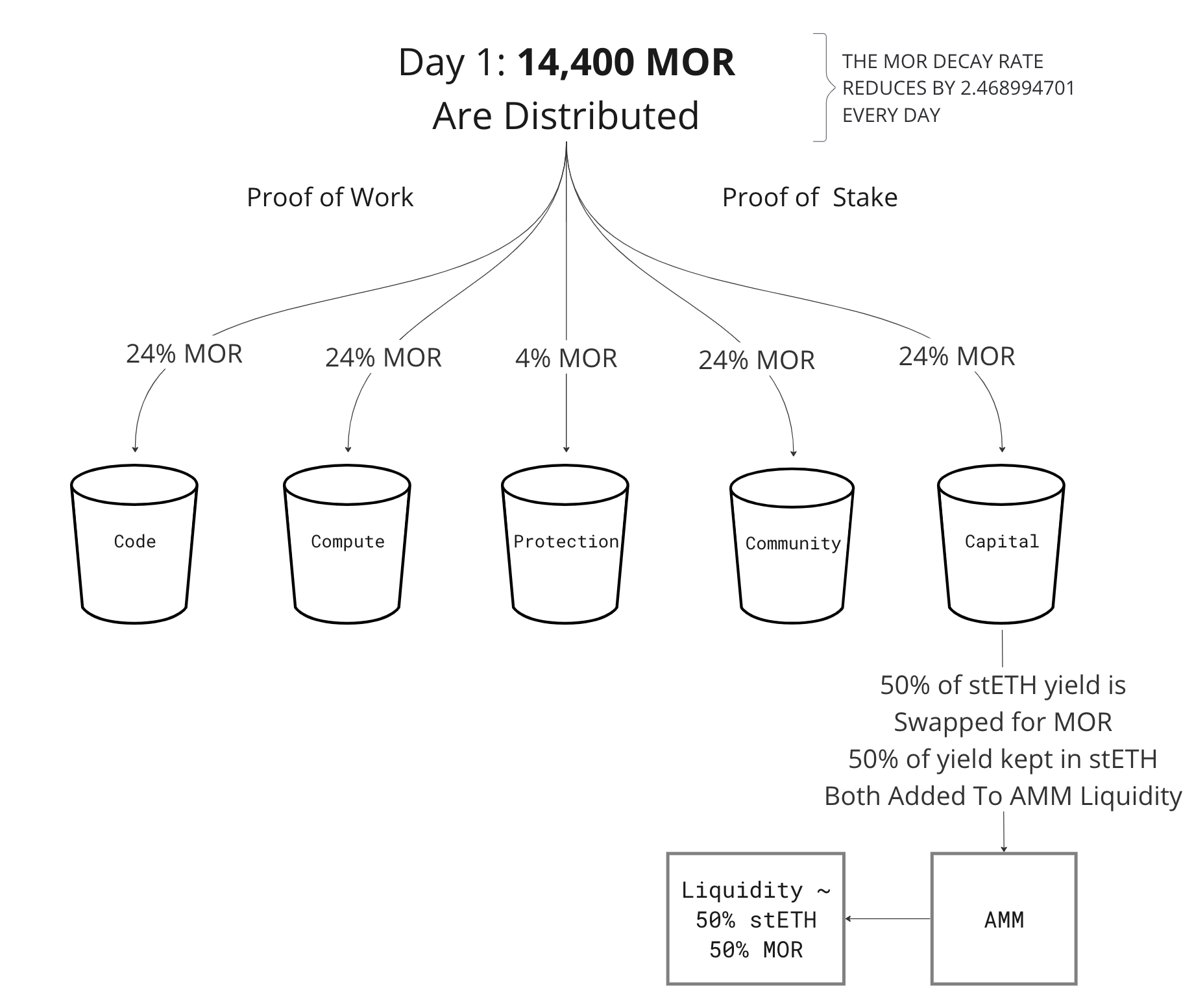
TCM: A Catalyst for Decentralized Innovation
The TCM framework represents a paradigm shift in how open-source projects are conceived and funded. By eliminating the traditional barriers associated with launching software projects, such as infrastructure setup and financial management, TCM empowers developers to focus solely on innovation. This framework is particularly suited to the development of an open-source NFT marketplace and AI agents app, where the agility to adapt and innovate is crucial.
Through TCM, projects can deploy smart contracts that direct capital yield towards development, leveraging the decentralized compute, code, and community inherent to the open-source ethos. This not only accelerates project launch times but also democratizes access to funding, enabling a broader range of ideas to flourish.
The fusion of MOR's equitable tokenomics with TCM's streamlined project launch mechanism presents a formidable solution for building a decentralized NFT marketplace and AI agents app. This combination addresses the core challenges of decentralized platform development:
Fair token distribution, sustainable project funding, and community engagement.
An open-source NFT marketplace developed under this model would benefit from a decentralized funding mechanism that incentivizes contributions across all levels of the project. From the artists creating digital assets to the coders developing the platform's infrastructure, each contributor is rewarded proportionally to their input. Similarly, the development of AI agents for app functionalities can leverage MOR's tokenomics to incentivize the creation of intelligent, user-driven features, ensuring the platform remains at the cutting edge of technological innovation.
The tokenomics of the Morpheus project centers around the Morpheus token (MOR), with a fixed supply cap of 42 million tokens. The daily distribution mechanism of MOR tokens is designed to support various stakeholders within the ecosystem, allocating 24% each to the community, capital, compute, and coders, with the remaining 4% dedicated to protection funds. This allocation strategy underscores the project’s commitment to a balanced and equitable growth model, ensuring that each contributor—whether they are developers, investors, or users—receives fair compensation for their participation and support.
The initial distribution phase starts with a block reward of 14,400 MOR per day, which decreases daily by 2.468994701 MOR until it reaches zero on day 5,833, approximately 16 years post-launch. This structured decline in rewards aims to transition the incentive model from block rewards to transaction fees as the primary mechanism for rewarding contributions, aligning with the project’s long-term vision for sustainability and widespread adoption.
Specifically, the token distribution model is as follows:
- Compute: Receives 3,456 tokens daily for providing computational resources.
- Code: Awarded 3,456 tokens daily for development efforts, including code commits and merges.
- Capital: Allocated 3,456 tokens daily, recognizing financial contributions and investments.
- Community: Receives 3,456 tokens daily for building front-end applications, tools, and engaging users, with 576 tokens reserved for protection resources.
The MOR token serves multiple utility functions within the Morpheus ecosystem, acting as an on-chain currency for transactions, rewarding developers, and facilitating user interactions with decentralized applications (dApps).
The tokenomics framework also introduces a "tail emission" plan to ensure continuous incentive alignment beyond the initial distribution phase, with tail emissions set at 50% of the burned tokens during the first 5,833 days, capped at 16% of the circulating supply. This mechanism ensures a sustainable reward system that adapts to the network’s evolving needs while maintaining the hard supply cap, ensuring MOR’s scarcity and value appreciation over time.
Disclaimer
These contracts and their features are presented here for informational and educational purposes. Potential users and project stakeholders must understand that these contracts should not be viewed as an investment opportunity. The decision to use these contracts should be based on a comprehensive assessment of its utility for specific project needs. The creators and contributors bear no responsibility for any outcomes resulting from its utilization. It is advisable to seek professional advice before engaging with these contracts.
